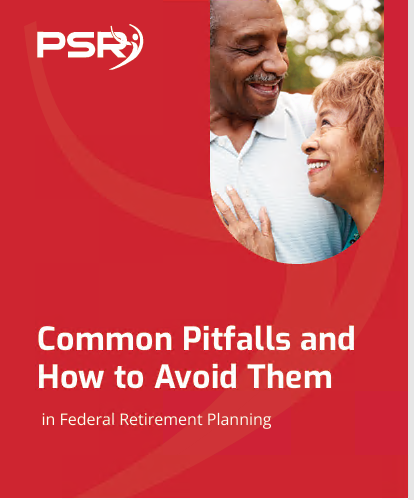Even though it’s one of several ways to withdraw money from a Thrift Savings Plan (TSP), the least common choice is to purchase an annuity. The payments can be made in one large sum, every month, or any mix of the two. A little more than 10% of withdrawals from the TSP are used to purchase annuities. You need to be familiar with its characteristics before committing it to paper. The distributions for annuities under the TSP are more adaptable than those under the FERS and CSRS.
- Also Read: What Happens to Your Federal Benefits After Divorce? Here’s the Lowdown
- Also Read: The Best FEHB Plans for 2025: Which One Fits Your Lifestyle and Budget the Best?
- Also Read: Special Retirement Options for FAA and LEO Employees: Are You Taking Advantage of What’s Available?
TSP provides customers with the following options for annuities:
1. A permanent annuity that pays just you during your whole life is called single life.
2. A combined life with spouse annuity provides you two with payments for as long as either of you is still living. When one spouse passes away, the other will get an income for the rest of their lives.
3. Joint life with a non-spouse, also known as a joint annuity, is an annuity paid to both you and your non-spouse while you are both still alive. This individual must have an interest in you that can be insured. When one of them passes away, the other will get an income for the rest of their lives. Anyone considered to have an insurable interest in you includes your exes, biological or adoptive relatives who are closer to you than your first cousins, and people with whom you have had a common-law marriage in nations that allow such unions. Blood relations are biological and adopted relatives more closely related than first cousins.
Survivors of a joint-life annuity can choose either a full or partial survivor payment. This indicates that either you or your joint annuitant will continue to receive full monthly payments (100%), or those payments will be decreased to half their previous amount (50%). Basic annuities can have additional annuity features added to them. These features include accruing awards, cash returns, and a guarantee that lasts for ten years. If payments are made more consistently, the monthly payment will rise by 2% annually. Your beneficiary will be entitled to a cash return if both you and your partner annuitant pass away before receiving payments equivalent to the account amount used to purchase the annuity. This occurs if you pass away before receiving annuity payments comparable to the sum in your account. If you choose a 10-year definite payout annuity but pass away before the end of the first decade, the remaining payments will be given to the beneficiary of your choice.
Specific types of basic annuities are not allowed to have certain features. After purchasing an annuity, the money is transferred to a private company, and the 401(k) does not deliver the benefit. Rather, the private organization carries it out. You can calculate how a certain amount would convert into income under each of the available options by using the calculator that can be found on the website www.tsp.gov.
If you are married and have a balance of more than $3,500, spouses’ rights will apply to the withdrawal option you choose. Your spouse has the right to a joint and survivor annuity with level payments and no cash return until they waive it if you are a FERS member and you are married. This entitlement is only waived if the member dies. If your spouse does not renounce this right, they will be entitled to it. If you are married and a member of the CSRS and remove money from the TSP, the TSP is required to tell your spouse.
Contact Information:
Email: [email protected]
Phone: 6232511574
Bio:
Todd Carmack grew up in Dubuque, Iowa, where he learned the concepts of hard work and the value of a dollar. Todd spent years in Boy Scouts and achieved the honor of Eagle Scout. Todd graduated from Iowa State University, moved to Chicago, spent a few years managing restaurants, and started working in financial services and insurance, helping families prepare for the high cost of college for their children. After spending years in the insurance industry, Todd moved to Arizona and started working with Federal Employees, offing education and options on their benefits. Becoming a Financial Advisor / Fiduciary can help people properly plan for the future. Todd also enjoys cooking and traveling in his free time.
Disclosure:
Investment advisory services are offered through BWM Advisory, LLC (BWM). BWM is registered as an Investment Advisor located in Scottsdale, Arizona, and only conducts business in states where it is properly licensed, notice has been filed, or is excluded from notice filing requirements. This information is not a complete analysis of the topic(s) discussed, is general in nature, and is not personalized investment advice. Nothing in this article is intended to be investment advice. There are risks involved with investing which may include (but are not limited to) market fluctuations and possible loss of principal value. Carefully consider the risks and possible consequences involved prior to making any investment decision. You should consult a professional tax or investment advisor regarding tax and investment implications before taking any investment actions or implementing any investment strategies.












